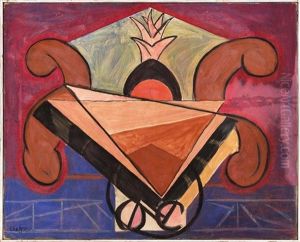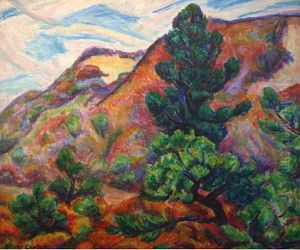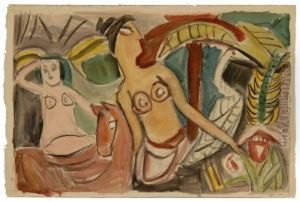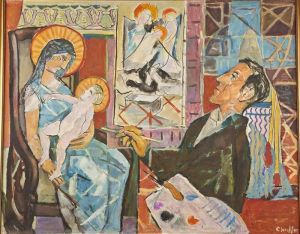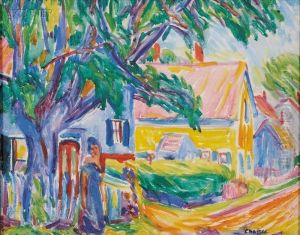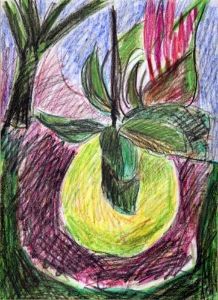Oliver Newberry Chaffee Paintings
Oliver Newberry Chaffee Jr. was an American artist known for his work as a painter and printmaker. Born on October 15, 1881, in Detroit, Michigan, Chaffee grew up in a family with a rich history; his grandfather was a well-known Detroit businessman. Early on, Chaffee developed a passion for art, which led him to pursue formal education in the field.
Chaffee's artistic journey took him to various institutions where he honed his skills. He studied at the Detroit School of Arts, and later, he expanded his education at the Art Students League in New York. His quest for knowledge and mastery in art also led him to travel abroad, where he studied at the Académie Julian in Paris, France. This exposure to European art and the vibrant cultural scene of Paris in the early 20th century significantly influenced his work.
Throughout his career, Chaffee experimented with different styles and was particularly influenced by Post-Impressionism and Fauvism. His bold use of color and abstract compositions distinguished his work from that of his contemporaries. Chaffee was also a member of the Provincetown Printers, a group of artists in Provincetown, Massachusetts, who were known for their contributions to the development of the white-line woodcut, also known as the Provincetown print.
Despite being a noteworthy figure during his lifetime, Chaffee's work received limited recognition in the years following his death on August 3, 1944. It wasn't until the latter half of the 20th century and early 21st century that his contributions to American art began to be re-evaluated and appreciated. Today, his works are included in the collections of various museums and are studied for their unique blend of American and European art influences.







